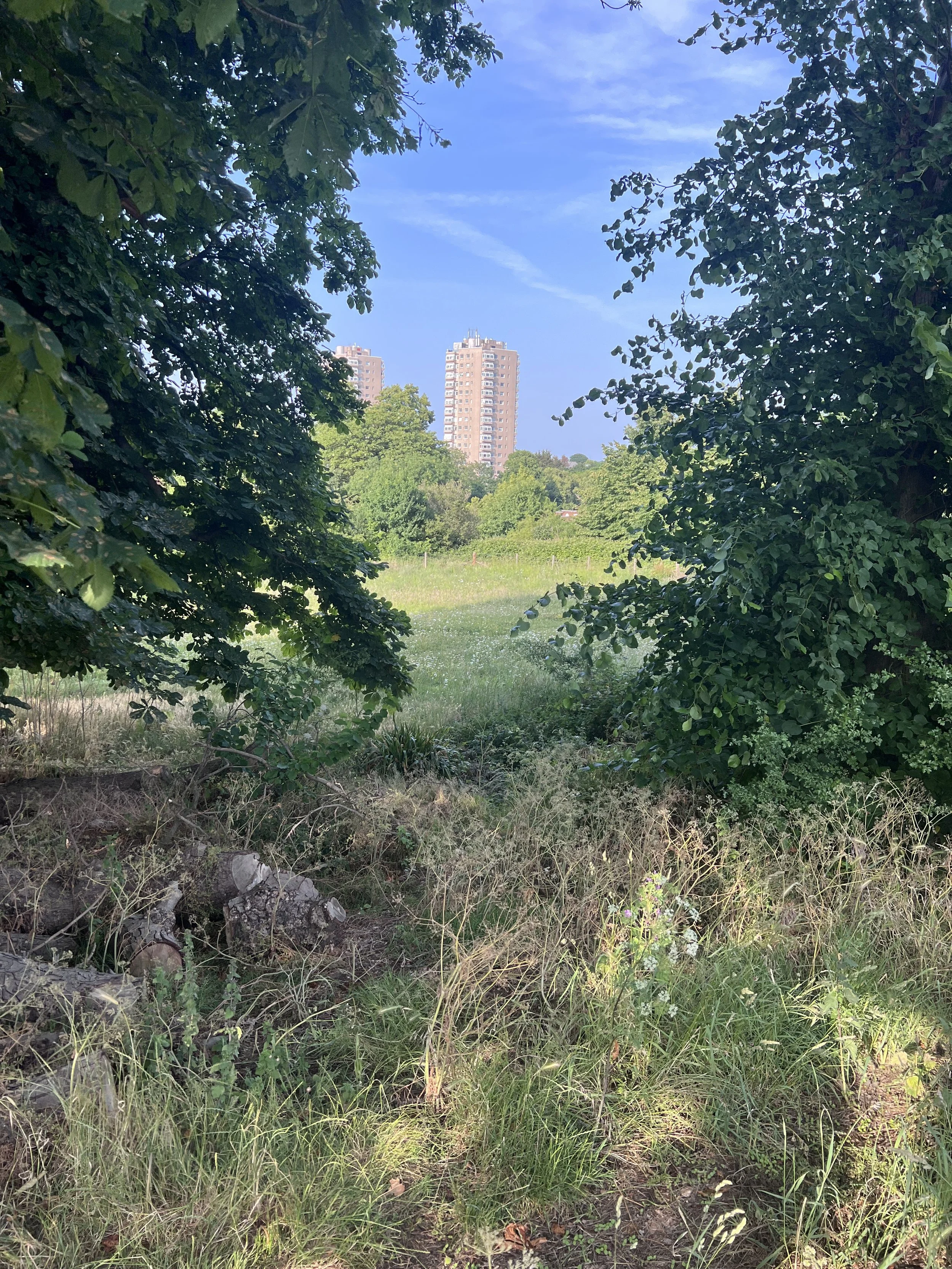Walk don’t Run: How Meandering through nature is best for body and mind
My first camping trip away from the parental home at the age of 13 was spent with friends on a remote Northern German island where the horizons are endless and the sea never quite touches the sky.
We were excited and expected a lot but the persistent rain dampened our spirits. Once we settled in for the night, cosy in our sleeping bags, the downcast situation changed. Chatter turned into murmur as the rain tapping on the tent sounded better than any lullaby.
Now later in life and living in London, I miss the familiar sounds of nature but am adapting.
In my local park, I try and stray from the paths and walk over the grass, purposefully surveying the colour of the myriad greens, taking in the view of the sky and the clouds. On occasion, when particularly preoccupied, I have to make a substantial conscious effort to make the walk work for me. There is no point of racing through a park at the same speed as you move through the city streets. I purposefully slow down. I might not walk a straight line. I adjust to the scenery around me and drift towards the hidden, the submerged, the overgrown paths, the undergrowth, the thickets, the clumps of trees. This takes more time and quite often can be a challenge. But I persist and immerse. Without realising it, I have been embracing what the Japanese call shinrin-yoku or ‘forest bathing’.
We know now that living in a city poses a significant mental health risk. In fact, mood disorders, anxiety and depression are up to 56% more common in urban settings than in rural ones.
But studies have found that walking in a forest could increase ‘natural killer’ cell activity and boost immunity. Other studies comparing participants’ mental health after they’ve spent time in natural environments versus built environments have revealed physiological differences, such as lowered salivary cortisol levels, a biomarker of stress. There is also evidence of reduced cycles of overthinking. This seems believable — we didn’t evolve sitting in windowless room with artificial light staring at a computer screen.
No pill or medicine could ever have the broad benefits of a nature engagement and probably never will. There is no money in it. But things are changing. Take a look at the increasing popularity of sites that simply celebrate the beauty of the environment, such as the Cloud Appreciation Society.
You don’t need to travel to an ancient forest to reap the benefits of green spaces. For Susan Abookire, Professor of Medicine at Brigham and Women’s Hospital ‘…even a city park, even a little patch of grass is beneficial … so long as a few ingredients are present: the feeling that you’ve been able to get away from regular life and a natural element to focus attention on’.
A 2019 study in Frontiers in Psychology found that even 20 minutes of these flexible ‘nature pills’ three times a week yielded benefits like lowered salivary cortisol levels.
Of course, immersive experiences are personal. Cold water swimmers quite often imagine cold water as salvation and long-distance runners can reach a meditative state however slowly they run.
Engaging with your local natural surroundings — a city park is a surprisingly good substitute for a forest — has substantial benefits. But in my experience just going for a quick walk while relentlessly focussing and overthinking your predicament might not work so well.
Rather, find your desire path. It’s the unexpected one, the trail that goes nowhere and ends in birdsong, that, without realising it, gracefully and without effort connects your heart to this healing natural world of ours.

